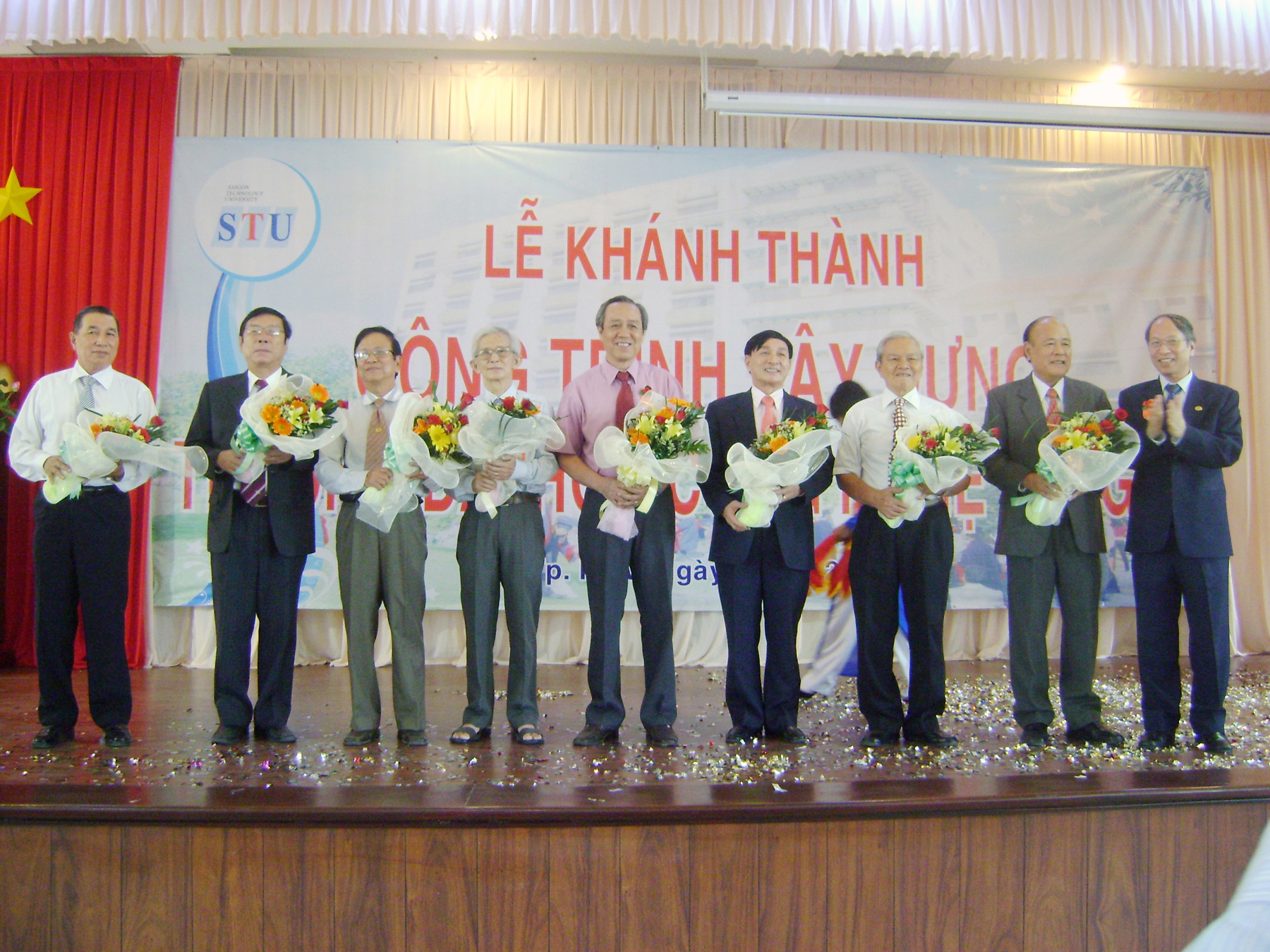News and Events
PrintEducation vital to workforce development
Update 19/02/2013 - 09:55:55 AM (GMT+7)The Ministry of Education and Training (MoET) has announced that universities and junior colleges will not be allowed to open additional training courses for finance, banking, business administration and accounting from this year.
The ministry also suggested the Prime Minister imposes a ban on the establishment of any new university specialising in these disciplines.
The decisions were made after the ministry realised the boom of business administration programmes opened at these education institutions, a result of the banking and securities sector prosperity from five years ago.
Now, in the face of economic crisis, banks have been forced to merge in a restructuring process while securities companies continously report losses, bringing about a lower demand for workers in both these fields.
MoET statistics reveal that in 2011, almost 60 per cent of the country's 416 universities and junior colleges offered one of the four following majors: economics, business administration, finance-banking, or accounting.
Even universities specialising in unrelated majors as agriculture, forestry, and technical disciplines also run economic-related courses and see them as core teaching activities to attract more students.
In some schools, the number of students registered for these disciplines accounted for half of their intake, thus they kept recruiting students for these areas.
This is despite their faculties lagging far behind in terms of lecturer-student ratio standards, an official from the ministry admitted to local press.
As a result, the labour market faces a serious imbalance between supply and demand of workers in these sectors. A recent report released by the Ministry of Finance predicts that 13,000 finance and banking graduates will not be able to secure a job in the next four years. This year alone, there will be 32,000 finance-banking students graduating but only 20,000 can escape the jaws of unemployment.
I would not comment on whether the ministry's solution to fix the imbalance came late or not because this year's figures have only just been released. In fact, it might not even matter.
The bigger latent problem facing human resource development lies in the fact that universities and junior colleges currently provide training courses based mostly on enrollment quotas dictated by the Ministry of Education and Training, rather than forecasts of human resource demands.
The ministry itself seems to lack a reliable forecast source to set quotas for the schools.
I have learnt that in developed countries, there are job forecasting centres which operate efficiently, contributing to the human resource orientation over 5 or 10 years. However, in Viet Nam, there are two centres doing this work belonging to the Ministry of Labours, Invalids and Social Affairs and HCM City's Department of Labours, Invalids and Social Affairs, but their operations do not cover all sectors of the economy.
An official from the HCM City Labour Market Information and Job Forecasting Centre admitted that the centre's operation is inefficient due, ironically enough, to its shortage of workers.
On the other hand, the imbalance of the labour market would likely worsen if the Vietnamese education sector continues to ignore the importance of job orientation as it does today.
The redundancy of workers in business sectors and the shortage of qualified workers satisfying employers' demand stems from the deficiency in job orientation or professional consultancy activities.
Vietnamese students often choose to pursue a course following parental guidance or based on expectation of which jobs will help them earn the most money the easiest, without considering their strengths, characteristics or suitability to the jobs.
The trend of banking and finance registration among students over the past year is a typical example of the "herd mentality", which is an obvious consequence of the lack of oversight.
Some even decide to sit university exams in the belief that a bachelor degree, no matter what they study, will help them find a job. Therefore, they often choose universities which have low entrance score standards.
According to a survey conducted by the HCM City Labour Market Information and Job Forecasting Centre, 30 per cent of students can find a job right after graduating without job consultation, while 50 per cent will remain unemployed within six months.
Viet Nam does have job advisory centres, but most of them only serve students who fail university entrance exams and have to select a vocational school as an alternative.
Job orientation should be provided to students in the early stages of life, such as in secondary schools so that they will have an idea of what they want to do and have time to explore and understand about careers.
Even, in western movies, I see that parents are invited to kindergartens to tell kids about their jobs. I find this activity really realistic and it will help raise their children's enthusiasm for a specific occupation, helping them make the right decision in future.
It would be better for Viet Nam's human resources development if the education sector had reliable data of labour supply and demand, so that it could provide preparatory activities for students to choose the right path.
A band-aid solution cannot create sustainable development!
Related News
- Vietnamese student grabs bronze at Microsoft Office Specialist World Championship (05/08/2019)
- Vietnam wins big at WICO 2019 (30/07/2019)
- Vietnamese woman seeks second college degree at age 63 (26/07/2019)
- Vietnamese students win more golds at ASEAN Schools Games (23/07/2019)
- Vietnam acquires Australia’s experience in university governance (29/05/2019)
- High-school graduates turn away from higher education (28/05/2019)
- Vietnamese students win Asian Physics Olympiad medals (16/05/2019)
- PM approves project applying IT in law dissemination and education (06/05/2019)
- Universities, firms join hands in training high-quality agriculture workforce (23/04/2019)
- Vietnamese university named in top 101-200 of Impact Ranking (05/04/2019)














